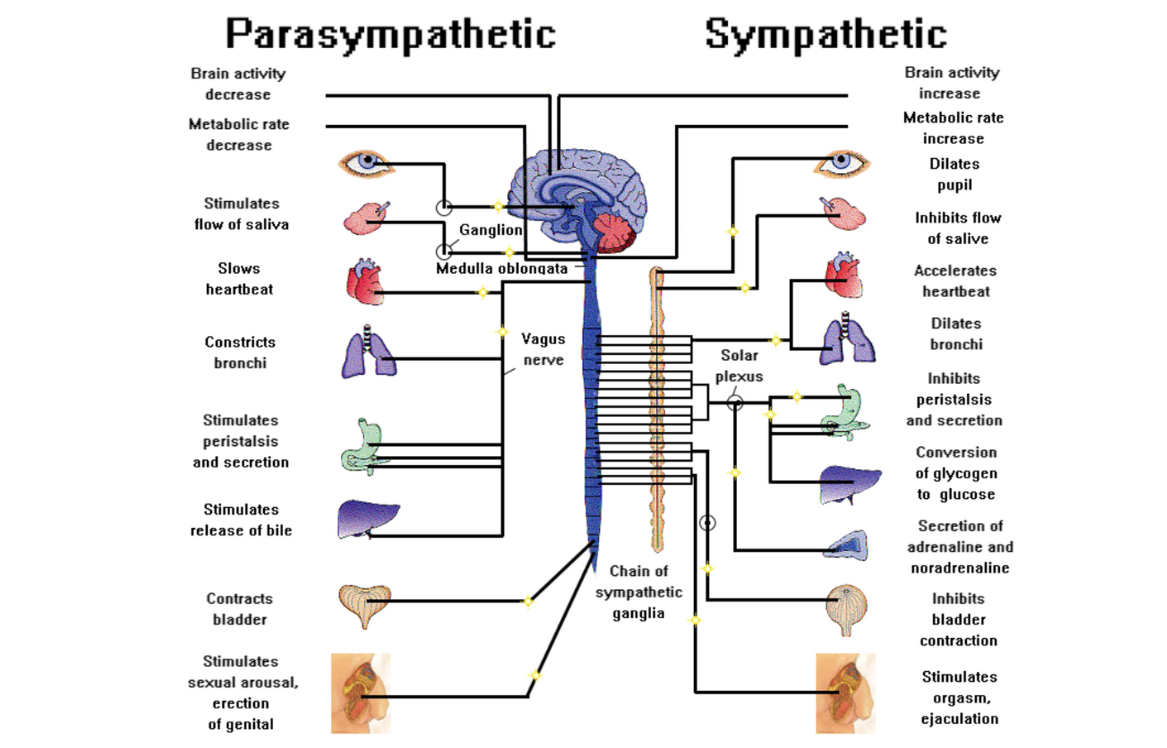Your body operates on multiple biological rhythms that keep your physical, emotional, and mental processes synchronized. When these rhythms are disrupted by trauma, the effects ripple through every aspect of your being.
These intricate systems are regulated by our nervous system and when functioning optimally, you experience balance and flow. When trauma disrupts this coordination, dysregulation follows, leaving you feeling disconnected from your body’s natural wisdom.
How Trauma Interrupts Your Natural Flow
As Bessel Van der Kolk MD states: ‘Rhythm is essential to the structure of life… Trauma is the ultimate interrupter of rhythm.’ When your system cannot restore equilibrium following trauma, your body becomes stuck in survival mode, creating a loss of internal rhythm where the natural shifts between alertness and calm no longer happen smoothly.
This manifests in two primary ways. Hyperarousal keeps your sympathetic nervous system overactive, creating racing heart, hypervigilance, insomnia, and shallow breathing. Alternatively, hypoarousal dominates through dorsal vagal shutdown, resulting in dissociation, numbness, low energy, and emotional flatness. Many people swing between these states, never finding the balanced middle ground where true regulation exists.
Trauma affects your brainstem and limbic structures, disrupting heart rate variability and breathing patterns. Elevated cortisol impacts sleep-wake cycles, while damaged interoception leaves you unable to sense internal cues like hunger, fatigue, or tension. Emotional rhythms become stuck in numbness or overactivation, preventing the natural ebb and flow that healthy nervous systems enjoy.
Take a moment now: Can you sense your heartbeat? Your breath? The tension or ease in your muscles? This is interoception – your internal sensing system that trauma often disrupts.

Restoring Rhythmic Flow Through Somatic Practice
Your breath serves as your most accessible rhythm regulator. Try coherent breathing with 5-6 breaths per minute, maintaining equal inhale and exhale. Or practice extended exhale breathing: inhale for 4 counts, exhale for 6, which activates your vagus nerve and signals safety to your system.
There are many more exercises that we explore just like this during monthly Somatic Teachings in The Collective, that create harmony and return our bodies to a state of flow and ease. They are not just somatic practices, they are your nervous system’s medicine.
For a brief video on this theme and more related somatic practice, click here!





